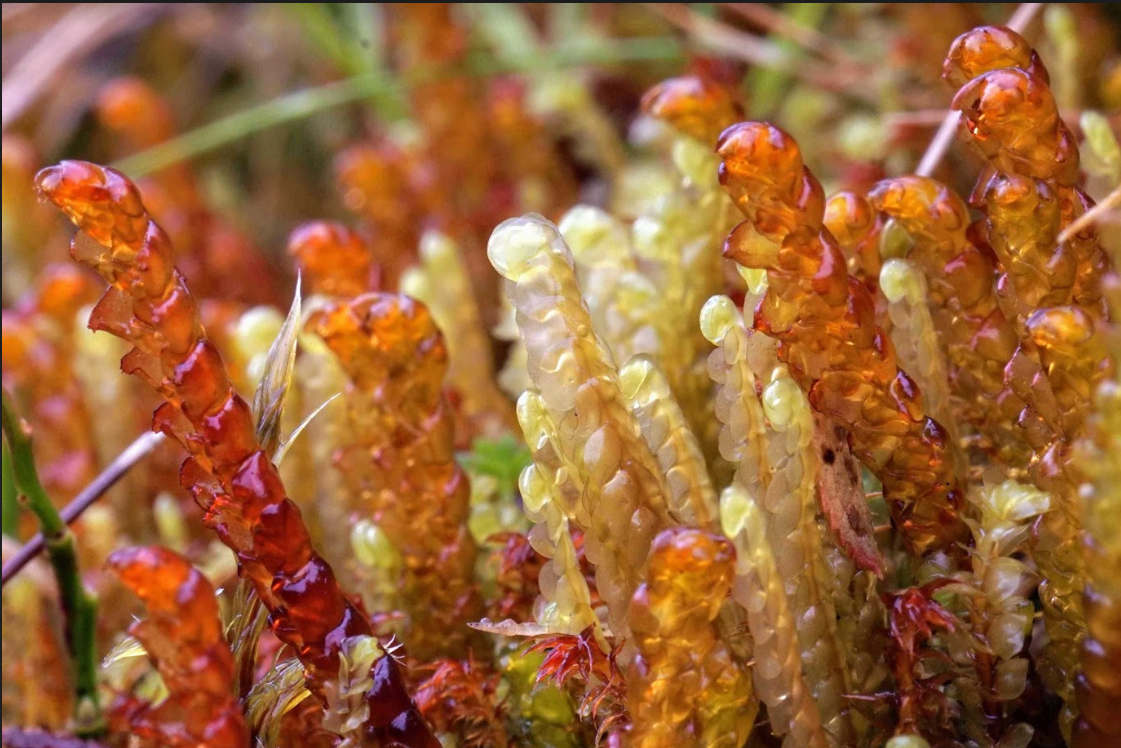
Being a Bryophyte GAL
Being a part of the Darwin Tree of Life project, genome sequencing the multicellular organisms of an entire island archipelago, has involved a major shift in the way we think and talk about the plants that we work on: The sizes of plants, and what constitutes an individual plant, have immediate practical implications for the project.
At the Royal Botanic Garden in Edinburgh (RBGE), as well as working on entire floras like the plants of Nepal, we focus on some taxonomic groups, including the biodiverse genera Begonia and Rhododendron. For the Darwin Tree of Life (DToL) project, our focus is on the bryophytes (mosses, liverworts and hornworts), another group of plants on which the RBGE holds considerable expertise. The island archipelago of the British Isles and Ireland contains approximately 1060 native species, with about 755 mosses, 300 liverworts and only four hornworts. There are also a few introduced species, including the rapidly-spreading southern hemisphere liverwort Lophocolea semiteres.
We are one of the Genome Acquisition Labs (GALs) for the DToL; as such, our job is to obtain fresh high-quality bryophyte specimens, as well as a few pivotal flowers, ferns and lichens. We will be collecting living plants, both from natural habitats and from within our own gardens, taking them into a lab to clean away any other organisms that have stuck to them, popping them into labelled vials that are then flash-frozen in liquid nitrogen, and shipping them down to the Wellcome Sanger Institute just outside Cambridge, where large-scale DNA sequencing will happen.
Bryophytes are small, measuring in the order of millimetres to centimetres, and working with small things can be challenging. The keen field bryologist is frequently to be found on their hands and knees, bottom raised like Bishop Brennan in an infamous episode of Father Ted, peering through their hand lens at some tiny smudge of green; these are plants that you’re more likely to step on than over, plants that often have to be magnified just to be identified.
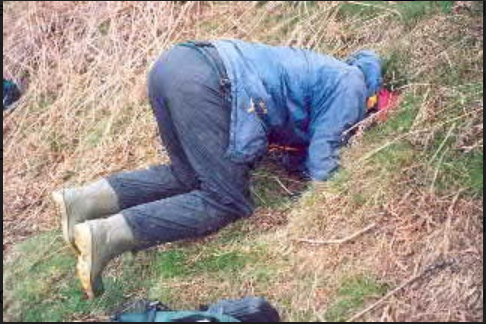
A single clump of a liverwort or moss can contain several intertwined bryophyte species, but also the fungi or algae that live on or within the plants, and the tiny creatures that call them home – one of the common names for Tardigrades is moss piglets, after all . While this mixture might seem like a serious problem, dealing with DNA sequences from things that are very different is actually less of a challenge than separating things that are closely related. If you have sequences from a moss and a Tardigrade, they can be sorted by the make-up of their DNA; with mixtures of sequences from different individuals from a single species, the problem is far harder because the sequences are very similar. And this is where one of the bigger challenges of working with bryophytes comes in. With an oak tree it’s simple enough to pick a few leaves from one individual plant. With bryophytes, we have a very incomplete understanding of exactly what an “individual” is when it comes to clumps or cushions of plants, where different stems can either represent clones of one individual, siblings, or unrelated individuals. Without DNA sequencing the plants, the only way to be sure that two stems are from the same genetic individual is if they are physically connected, and often these plants grow from the tips with the older parts decaying, making connections between stems very difficult to trace.
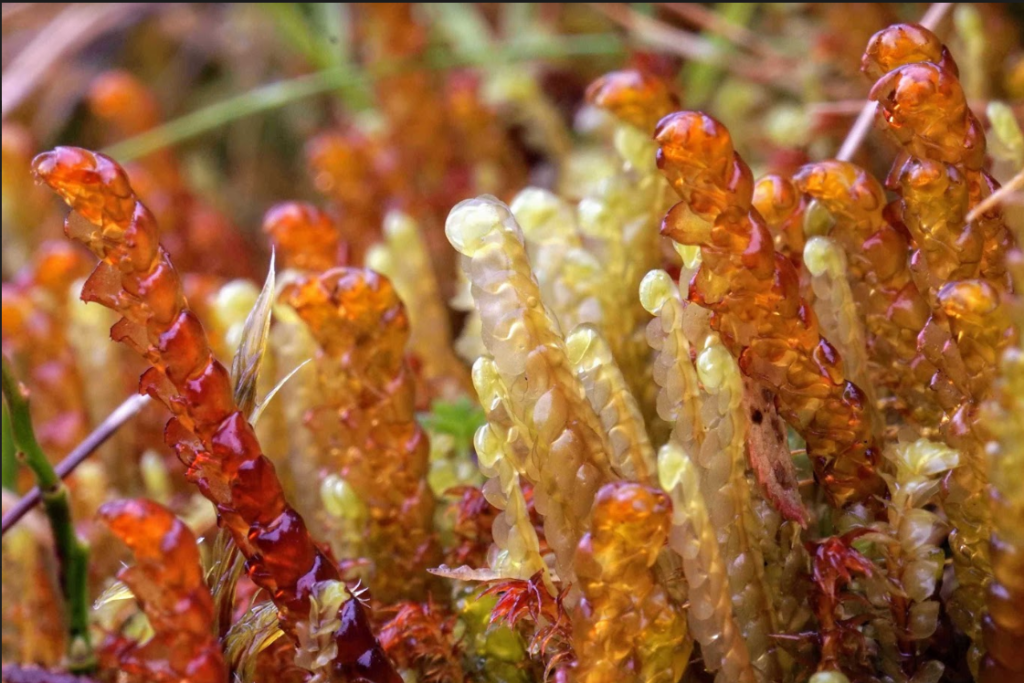
The RBGE GAL will be obtaining as much living material as possible for our bryophyte species, as there are several techniques being used in the project, each with different requirements. For each bryophyte species we want some plant tissue for genome and transcriptome sequencing at the Wellcome Sanger Institute, some plant tissue for DNA barcoding here at RBGE, some plant tissue for genome sizing by flow cytometry at RBG Kew, and we also need pieces of the plant to form a dried voucher specimen that will be digitized then stored in the RBGE herbarium. That’s rather a lot more pieces than a typical bryophyte stem can realistically be split into, and this will mean that the bryophyte samples will often have to be treated a bit differently than some of the larger plant species.
The main goal of the project is to obtain and sequence high molecular weight DNA for all species. It is possible to get enough high molecular weight DNA to sequence whole genomes from a single mosquito. However, when working with plants we prefer to start with rather a lot more material – in another project we used 10-20 grams of leaves from the African violet Streptocarpus in the DNA extractions, equivalent to 4-8,000 average sized mosquitoes. Unfortunately bryophytes don’t grow as big as Streptocarps, so we will either have to use horticultural methods to obtain lots of clonal growth, or our laboratory techniques will have to improve. While most of the molecular lab work will take place at the Wellcome Sanger Institute, using flash-frozen plant material that we send down from Edinburgh, there will also be some protocol development and testing work carried out by the Scientific and Technical services team at RBGE.
Once the genomes have been produced, they have to be annotated, marking on where different genes are found. To do this, the transcriptome – or the expressed RNA from the genes – is captured, sequenced and mapped back onto the DNA genome. This will all be done at the Wellcome Sanger Institute, using RNA extracted from frozen plant material. In this case, the transcriptome can be generated from a different individual plant than the one that was used for the genome; for most bryophytes we will send down samples from several individuals that can be used to generate some of this supplementary information.
In order to check that plants have been identified correctly, and also to allow sample tubes to be identity-checked in the molecular laboratory, small bits of sequence data called DNA barcodes will be generated. The plant DNA barcoding work will be done at RBGE, using plant tissue that’s been dried using a desiccant and can then be stored at room temperature. Most of the bryophyte DNA barcoding work that we do at RBGE uses DNA that has been extracted from multiple bryophyte stems; this does not usually cause problems as DNA barcoding uses data from a standard set of genes that are conserved within species, including a gene for the essential photosynthesis enzyme RuBisCO. For bryophytes, in most cases we will not be barcoding the exact individual that has its genome sequenced, but we will usually work with material from the same patch of plants.
It can be more difficult to work with, and more data can be needed for, plants with large genomes. So that resources can be targeted efficiently, the DToL project utilizes a technique called Flow Cytometry that measures the sizes of nuclei. This will be carried out at the Royal Botanic Gardens Kew. At the RBGE GAL we will prepare parcels of living plants (packed in damp tissue paper) that will be posted down to Kew, providing them with enough material for replicate measurements to be taken. For our tiny bryophytes, again this will not be from the exact individual that has been sent for sequencing, but will be plants that grew in close proximity, so the data will represent genome size estimates for populations.
So that any mistakes in plant identification that might occur can be corrected at a later date, we always voucher our work by preserving a part of each sample so that it can be re-examined and re-identified. For plants, the most common way of doing this is using a herbarium specimen, created by rapidly drying a bit of the plant. Larger plants are squashed between sheets of absorbent paper, forming a brittle 2D structure that can, with careful treatment, last for hundreds of years. Our bryophyte specimens are conceptually rather different, in that the herbarium collection will usually be a clump of the plant species, dried and preserved loose in an envelope. The specimen usually contains multiple individuals of the bryophyte, and frequently also includes bits of all sorts of other living things (seedlings, leaf litter, other bryophytes, tardigrades, beetles, worms…) as well: Bryophyte specimens can be rather more like community snapshots. This means that lots of different individuals can be vouchered by a single bryophyte herbarium packet, even though the individuals that were sampled are not in the packet, and the individuals in the packet have not been sampled.
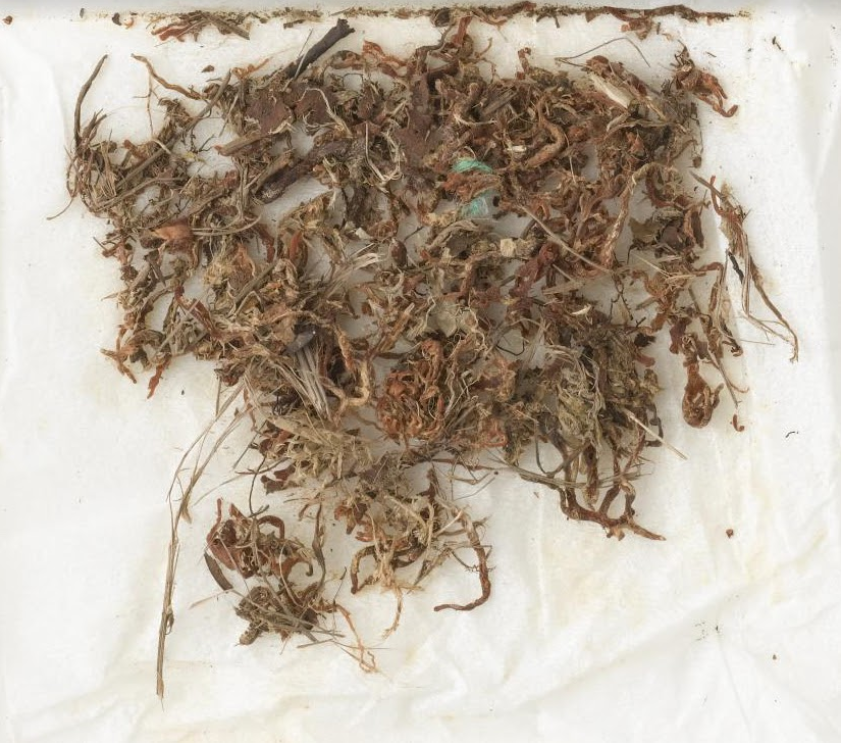
Of course there are some phenomenal up-sides to working with bryophytes – for one, through organisations like the British Bryological Society we are close to having a complete list of the species that occur here, as well as comprehensive records of where they can be found. For another, the bryophyte life-cycle, unlike that of the ferns, conifers and flowering plants, is dominated by a haploid stage where only a single copy of the genome is present, simplifying some of the bioinformatic processes. And in addition, over the coming years the genome data from this project will spotlight some of our exceptional British and Irish bryological diversity, as researchers start finding amazing things hidden in the genomes of these lineages of diminutive plants that are so often overlooked in their natural habitats.
By Dr Laura Forrest, Royal Botanic Garden Edinburgh
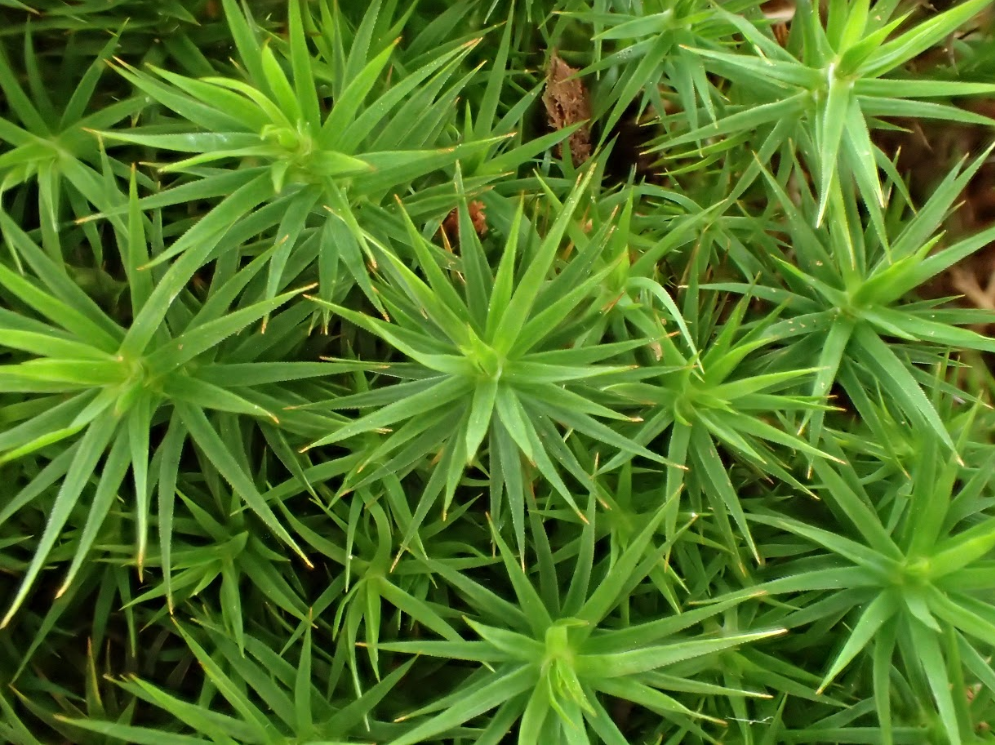
Laura Forrest is Molecular Laboratory Manager at the Royal Botanic Garden Edinburgh.
